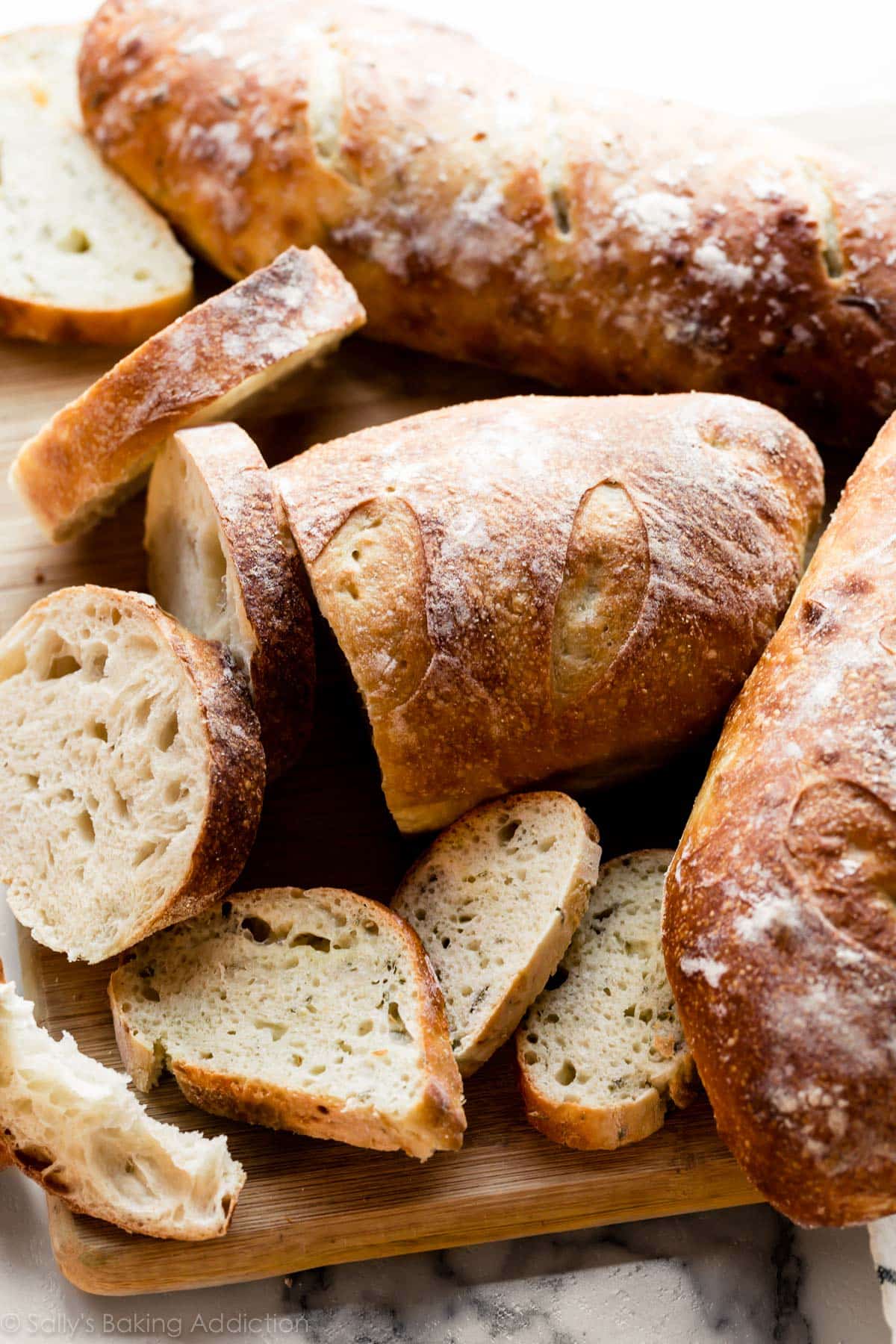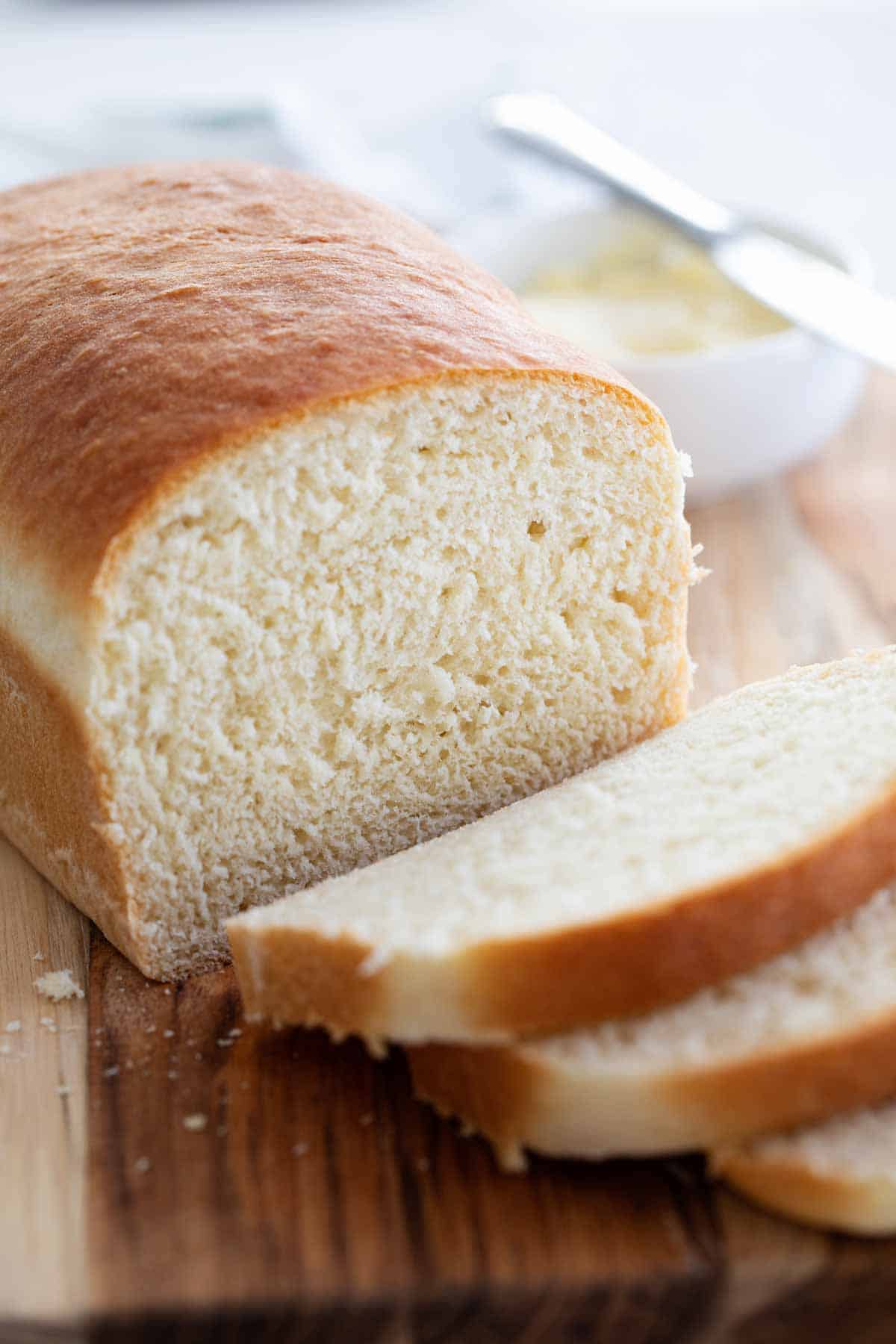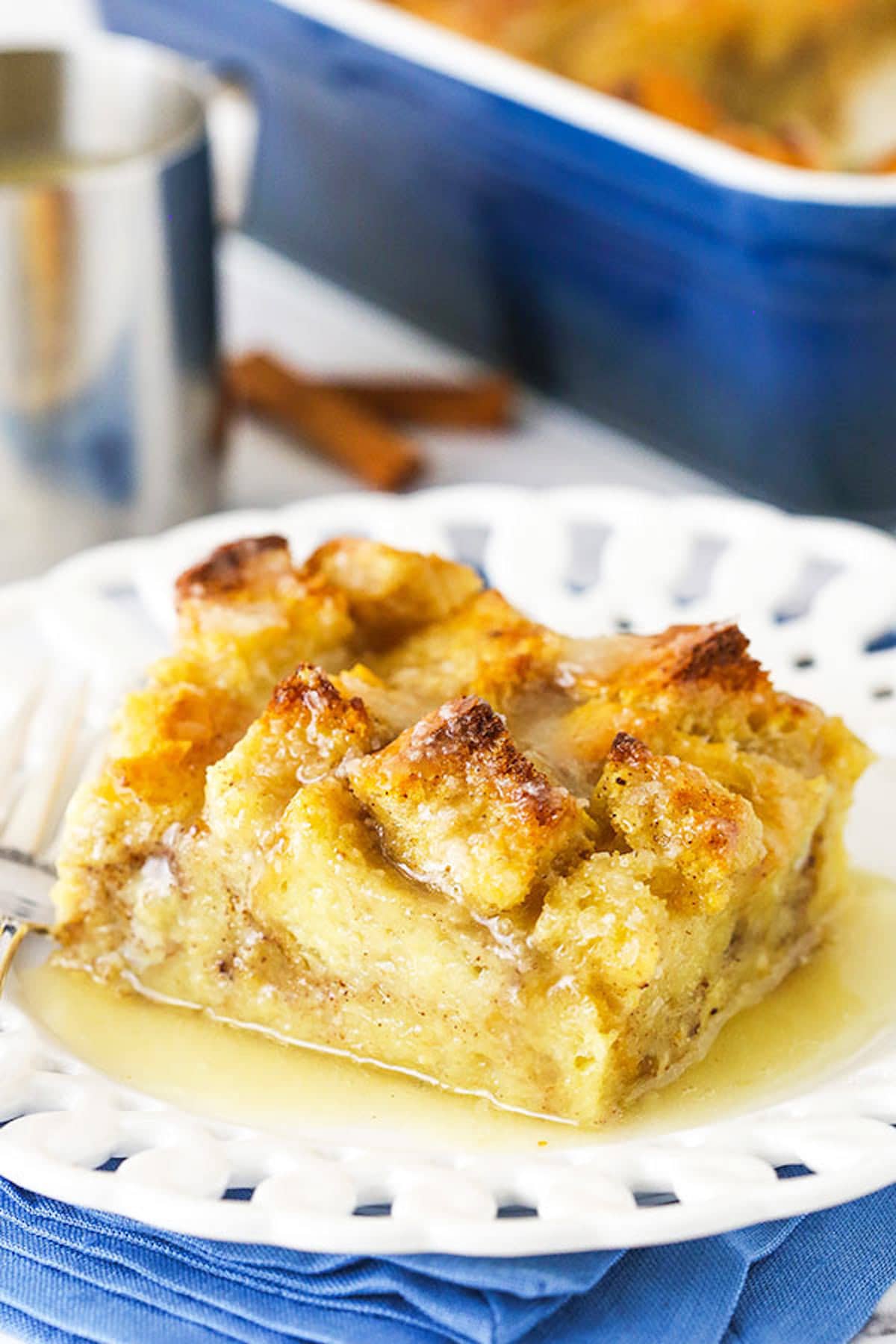Homemade bread is not just a culinary skill; it’s an art that brings joy and satisfaction to many. As the aroma of freshly baked bread fills your kitchen, it creates a comforting atmosphere that can turn any ordinary day into something special. In this comprehensive guide, we will explore everything you need to know about baking homemade bread, from choosing the right ingredients to mastering various techniques. Whether you are a novice baker or an experienced chef, this article will provide valuable insights and tips.
In recent years, the popularity of homemade bread has surged, especially during times when many people found solace in cooking and baking. The process of kneading dough, watching it rise, and finally enjoying a warm slice of bread is incredibly rewarding. The ability to customize your bread to suit your taste preferences makes it even more appealing.
This article will delve into the different types of bread you can make at home, essential tools and ingredients, and step-by-step instructions to ensure your baking endeavors are successful. So, let’s get started on this delicious journey of homemade bread!
Table of Contents
1. The Benefits of Homemade Bread
Baking your own bread comes with numerous advantages, including:
- Healthier Ingredients: You have complete control over what goes into your bread, allowing you to avoid preservatives and artificial additives.
- Cost-Effective: Making bread at home can save you money compared to purchasing artisanal bread from a bakery.
- Customization: You can experiment with different flavors, textures, and ingredients to create bread that suits your taste.
- Therapeutic Experience: The process of baking can be incredibly relaxing and rewarding, providing a sense of accomplishment.
2. Essential Ingredients for Baking Bread
To bake homemade bread, you will need a few basic ingredients:
- Flour: All-purpose flour is commonly used, but bread flour offers higher protein content for better gluten development.
- Water: The hydration level affects the texture of your bread; warm water activates the yeast more effectively.
- Yeast: Active dry yeast or instant yeast are the most commonly used types for bread baking.
- Salt: Essential for flavor and controlling yeast activity.
- Sweeteners: Sugar or honey can be added to enhance flavor and promote browning.
3. Tools You Need for Baking Bread
Having the right tools can simplify the bread-making process. Here are some essential tools:
- Mixing Bowl: A large bowl to mix your ingredients.
- Dough Scraper: Useful for handling sticky dough and dividing it.
- Baking Sheet or Loaf Pan: Depending on the type of bread you’re making.
- Kitchen Scale: For precise measurements, especially important in bread baking.
- Oven Thermometer: Ensures your oven is at the correct temperature for baking.
4. Basic Bread Recipe
Here’s a simple recipe to get you started on your homemade bread journey:
Ingredients
- 3 cups all-purpose flour
- 1 packet (2 ¼ tsp) active dry yeast
- 1 ½ tsp salt
- 1 tbsp sugar
- 1 ¼ cups warm water
Instructions
5. Different Types of Bread to Bake
Once you master the basic bread recipe, you can venture into different types of bread, including:
- Sourdough: A tangy bread made with a natural starter.
- Whole Wheat Bread: A healthier option made with whole grain flour.
- Baguette: A classic French bread with a crusty exterior and soft interior.
- Focaccia: An Italian flatbread that is often topped with herbs and olive oil.
6. Common Mistakes in Bread Baking
Even experienced bakers make mistakes. Here are some common pitfalls to avoid:
- Over-kneading: This can lead to tough bread. Knead just until the dough is smooth.
- Incorrect Yeast Temperature: Too hot or too cold water can kill the yeast.
- Not Enough Rising Time: Allow the dough to rise adequately for better texture and flavor.
- Ignoring Ingredient Measurements: Precision is key in baking; use a scale for accuracy.
7. Storing and Serving Homemade Bread
Proper storage can extend the freshness of your homemade bread:
- Store it in a breadbox or paper bag to maintain crustiness.
- For longer storage, wrap it tightly in plastic wrap and freeze.
- Serve bread fresh with butter, or use it for sandwiches, toast, or croutons.
8. Conclusion
In conclusion, baking homemade bread is a rewarding experience that combines creativity and skill. With the right ingredients, tools, and techniques, anyone can enjoy the satisfaction of pulling a freshly baked loaf from the oven. Don’t be afraid to experiment and find your favorite recipes. We encourage you to leave a comment below, share your baking experiences, and explore more articles on our site!
Thank you for joining us on this journey of homemade bread baking. Happy baking!
Also Read
Article Recommendations



ncG1vNJzZmivp6x7tMHRr6CvmZynsrS71KuanqtemLyue9WiqZqko6q9pr7SrZirq2FlfKm7zJ6kmpyVYq%2BzscCdZaGsnaE%3D